In today’s fast-paced world, carving out time for gardening might seem like an impossible dream, but fear not, even the busiest among us can enjoy the benefits of nurturing greenery. Whether you’re a seasoned gardener or just dipping your toes into the soil for the first time, there’s a world of low-maintenance plants waiting to thrive under your care. These easy-to-care-for plants not only bring life and color to your space but also offer the perfect solution for those with tight schedules who still want a touch of nature in their lives.
Gardening, after all, is not just about the plants—it’s about creating a sanctuary that rejuvenates your spirit and purifies your environment. In this article, we’ll explore a variety of plants that require minimal attention yet offer maximum satisfaction. From succulents that bask in neglect to resilient ferns that flourish with little fuss, you’ll discover options that suit your lifestyle and enhance your living space. Join us as we delve into a selection of hardy houseplants and outdoor options that can effortlessly transform your surroundings with just a hint of green thumb magic.
Choosing Low-Maintenance Plant Varieties
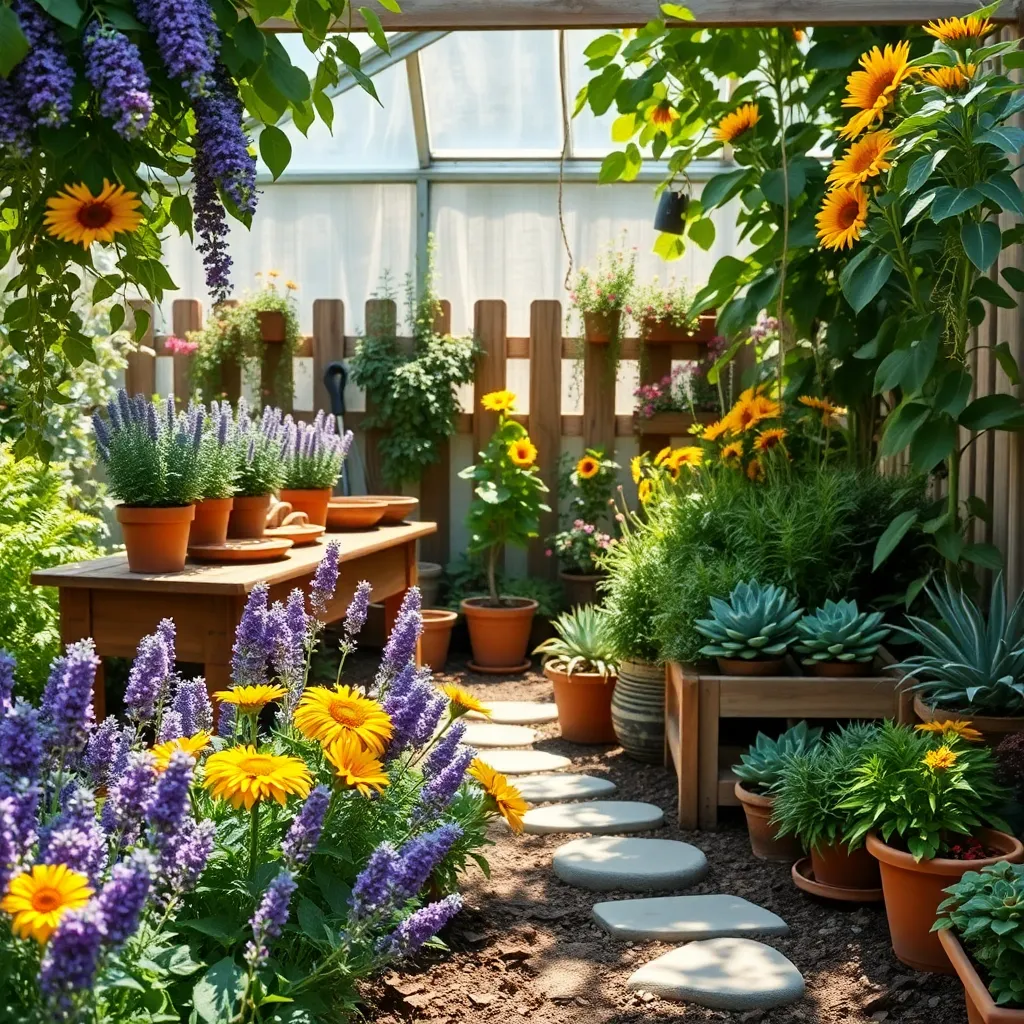
For those with hectic schedules, choosing the right plants can make gardening a breeze. Opt for species that thrive with minimal attention, such as succulents, which require watering only every few weeks.
Consider selecting perennials, which come back year after year with little effort. Hardy varieties like daylilies and hostas are perfect for low-maintenance gardens, as they adapt well to various conditions and require minimal pruning.
It’s also wise to choose plants that are resistant to common pests and diseases. Varieties like lavender and marigolds not only repel pests but also add vibrant colors to your garden.
For those with less time for soil maintenance, select plants that tolerate a range of soil conditions. Grasses such as fescues and sedges can handle poor soil and still flourish, reducing the need for constant fertilization.
When it comes to watering, consider installing a simple drip irrigation system. This allows for consistent moisture without daily intervention, ensuring your low-maintenance plants remain healthy and thriving.
Finally, mulch is your best friend in creating a low-maintenance garden. Applying a layer of mulch helps retain soil moisture, suppress weeds, and add nutrients, all while reducing the need for frequent watering and weeding.
Optimal Indoor and Outdoor Locations
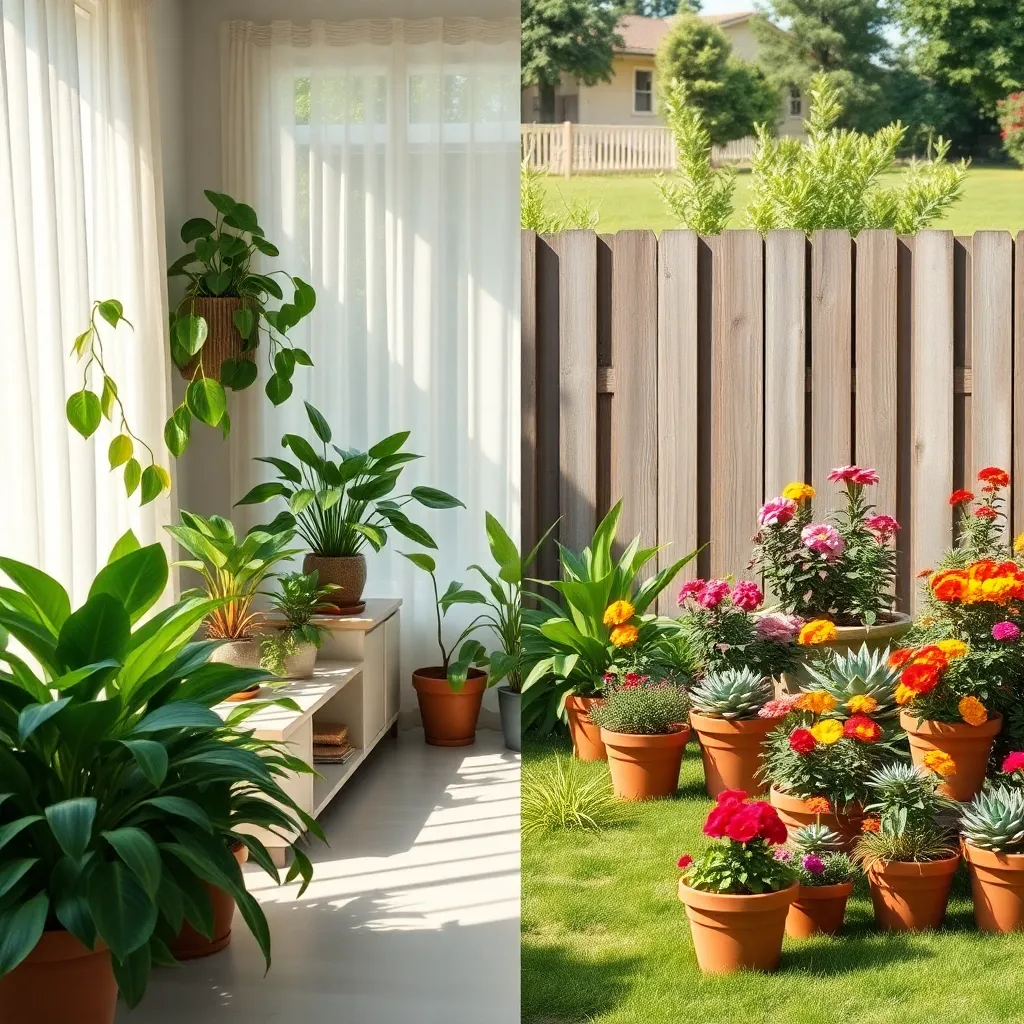
Finding the optimal location for your indoor plants is crucial to their success. Place plants like the snake plant and pothos in spots that receive indirect sunlight, such as near a north or east-facing window, to prevent leaf scorching.
To ensure outdoor plants thrive, consider their light preferences and space them accordingly. Hardy plants like lavender and rosemary flourish in full sun, making them perfect for south-facing gardens or patios.
For beginners, choosing the right indoor spot can be simplified by observing how the light moves through your space during the day. Use this observation to position low-light plants like peace lilies in shadier corners where they can still receive some ambient light.
Advanced gardeners can experiment with plant rotations to optimize growth. By periodically rotating pots, plants like succulents will grow evenly and avoid leaning towards the light source, promoting a balanced structure.
Simplified Watering Tips for Beginners
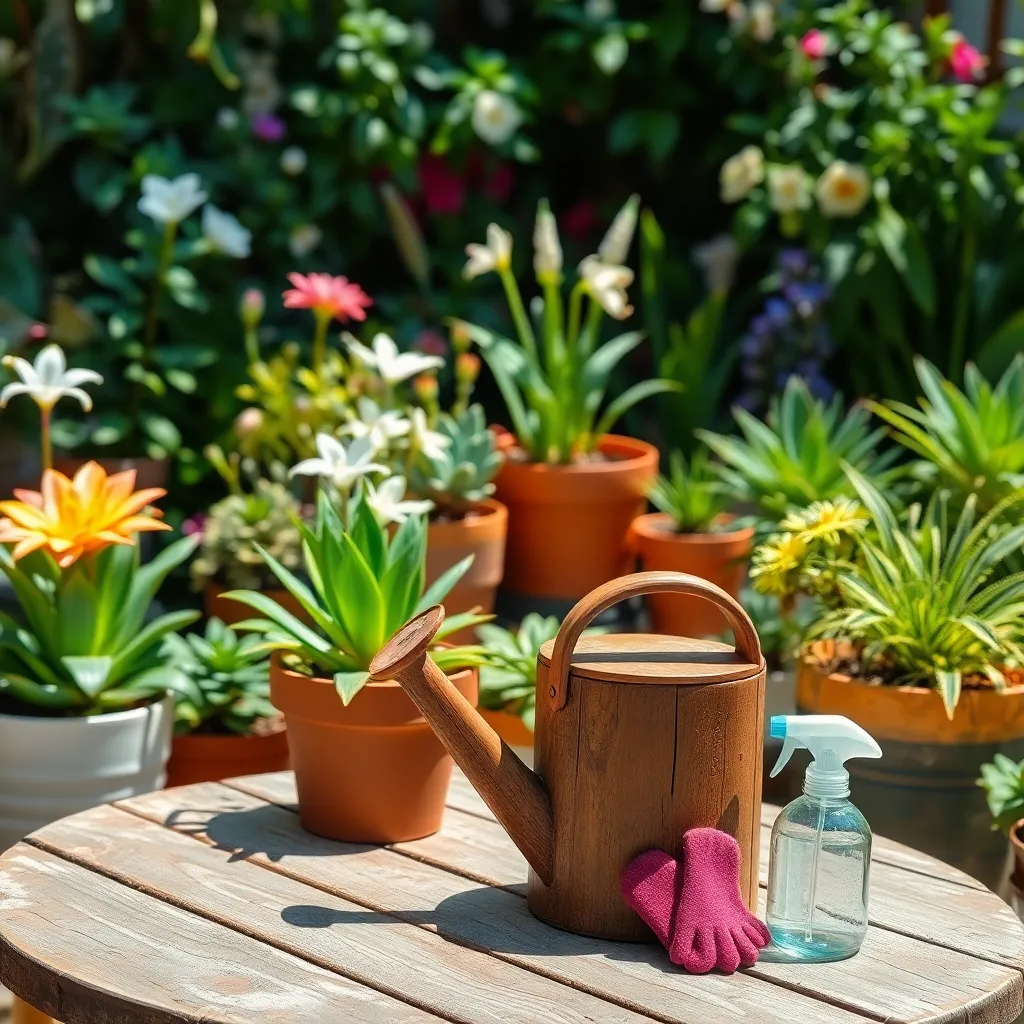
One of the simplest ways to ensure your plants thrive is to understand their specific water needs. Overwatering is a common mistake, especially for beginners, leading to root rot and other issues. To avoid this, check the soil moisture by sticking your finger about an inch into the soil; if it feels dry, it’s time to water. Conversely, if it feels damp, wait a few days before checking again.
Another practical tip is to water your plants in the early morning or late afternoon. This helps reduce evaporation and allows the plants to absorb moisture more effectively. Beginners should also consider using a watering can with a narrow spout, which delivers water directly to the roots and minimizes wetting the leaves, reducing the risk of mold and mildew.
For those with busy schedules, investing in self-watering pots can be a game-changer. These pots allow plants to absorb water as needed, which helps maintain consistent moisture levels. Additionally, using mulch around your plants can help retain soil moisture, reducing the frequency of watering.
Incorporating a simple watering schedule can also be beneficial. Mark your calendar with specific watering days based on your plant types and seasonal changes. For indoor plants, consider grouping them by water needs, making it easier to maintain a consistent routine. These small adjustments can lead to healthier plants with minimal effort.
Soil Types for Minimal Care Plants
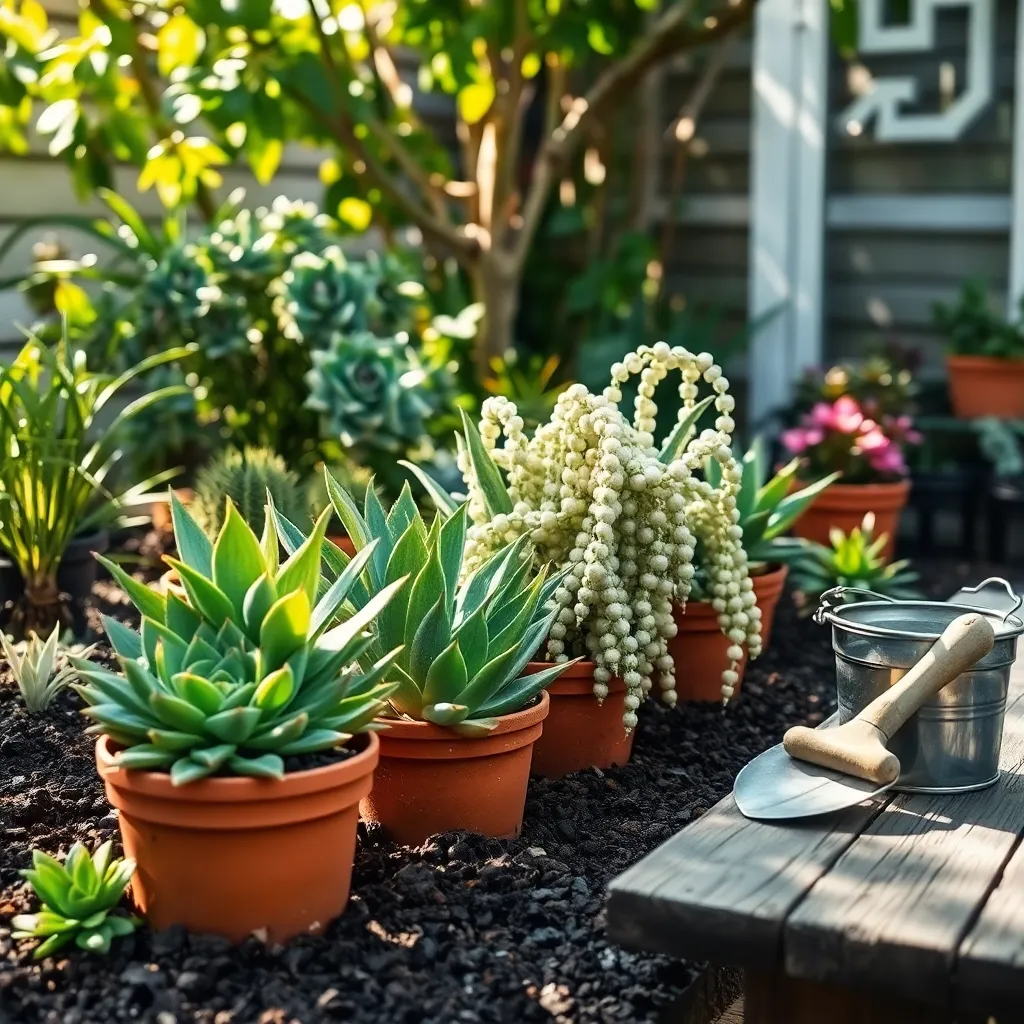
Understanding soil types is crucial for minimal care plants, especially if you’re looking to maintain a thriving garden with little effort. Well-draining soil is often the best choice for these plants, as it prevents overwatering and root rot, which are common issues for less-maintained gardens.
For many easy-care plants like succulents and cacti, a sandy soil mix is ideal because it ensures excess water drains quickly. You can create your own mix by combining two parts potting soil, one part sand, and one part perlite to enhance drainage and aeration.
If you’re growing plants that prefer slightly more moisture, such as ferns or peace lilies, a loamy soil with a balanced mix of sand, silt, and clay will work well. This type of soil retains some moisture while still allowing roots to breathe, reducing the frequency of watering.
For those with limited time, consider using pre-packaged soil mixes specific to your plant type. These mixes are designed to provide the right balance of nutrients and drainage, so you don’t have to experiment with ratios.
Effortless Pest and Disease Management
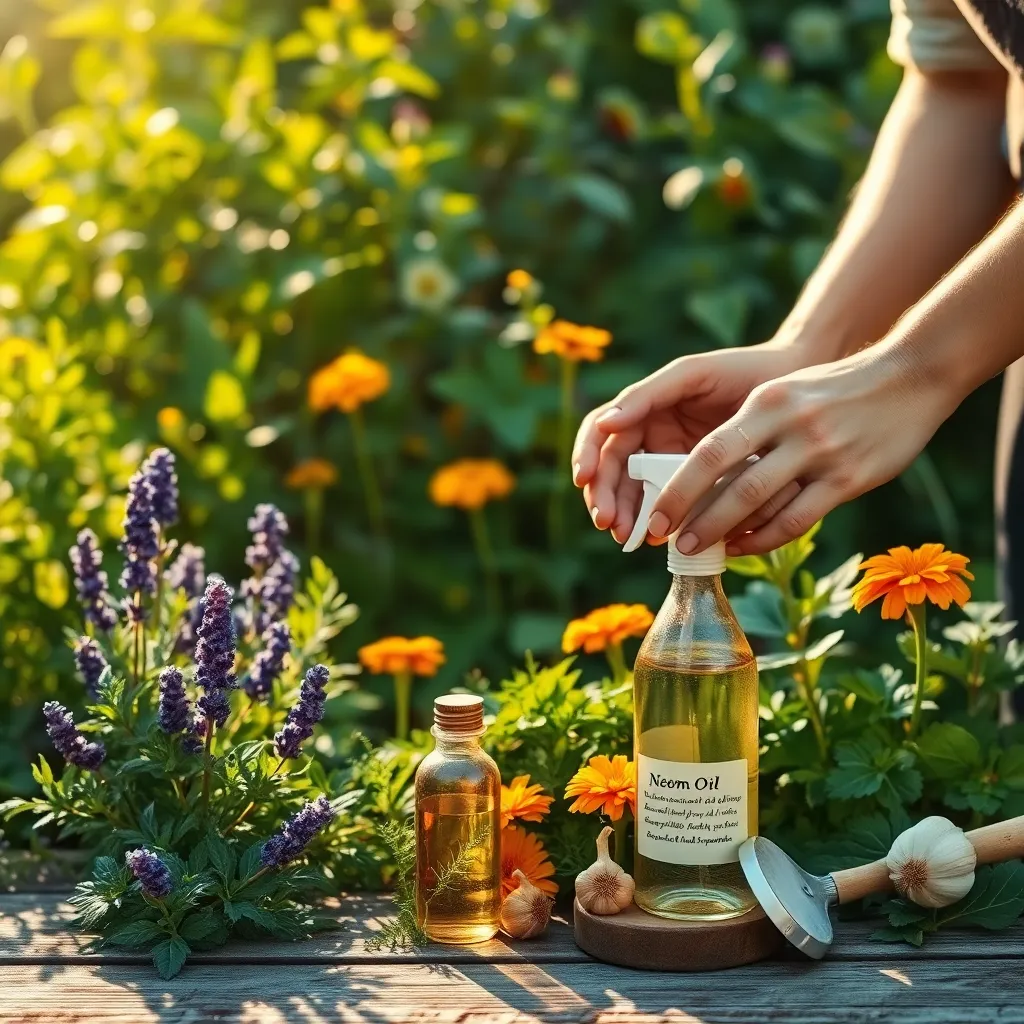
Efficient pest and disease management starts with choosing the right plants, particularly those known for their natural resistance to common garden problems. Opt for varieties like marigolds, which not only thrive in various soil types but also repel harmful insects like nematodes.
Integrating companion planting can further enhance your garden’s defense system. By planting herbs such as basil near tomatoes, you can naturally deter pests while improving the flavor of your produce.
Regularly inspecting your plants is a simple yet crucial step in preventing disease outbreaks. Make it a habit to check for discolored leaves or unusual growths, and promptly remove any affected parts to minimize the spread.
Watering techniques also play a critical role in maintaining plant health. Aim to water at the base of the plants, preferably in the morning, to reduce humidity levels that encourage fungal diseases.
Conclusion: Growing Success with These Plants
In navigating the path of nurturing both our relationships and our green companions, we explored five key concepts: the importance of consistency in care, the power of understanding individual needs, the beauty of thriving through patience, the necessity of a nurturing environment, and the joy of celebrating growth, however small. These insights remind us that relationships, much like plants, flourish with attentive and thoughtful care.
As an actionable next step, take a moment today to identify one small but meaningful gesture you can extend to a loved one or a plant in your life, reinforcing your commitment to fostering growth and connection. Whether it’s a heartfelt conversation, a simple act of kindness, or a promise to water your plant regularly, your dedication will surely yield rewarding results.
To ensure these valuable insights remain at your fingertips, save or bookmark this article for future reference. By doing so, you equip yourself with a ready arsenal of relationship wisdom to revisit whenever needed. Remember, relationship success is a continuous journey, and with each nurturing step, you are paving the way for a flourishing future. Embrace the opportunity to cultivate both your relationships and your plants, and watch them thrive together.

